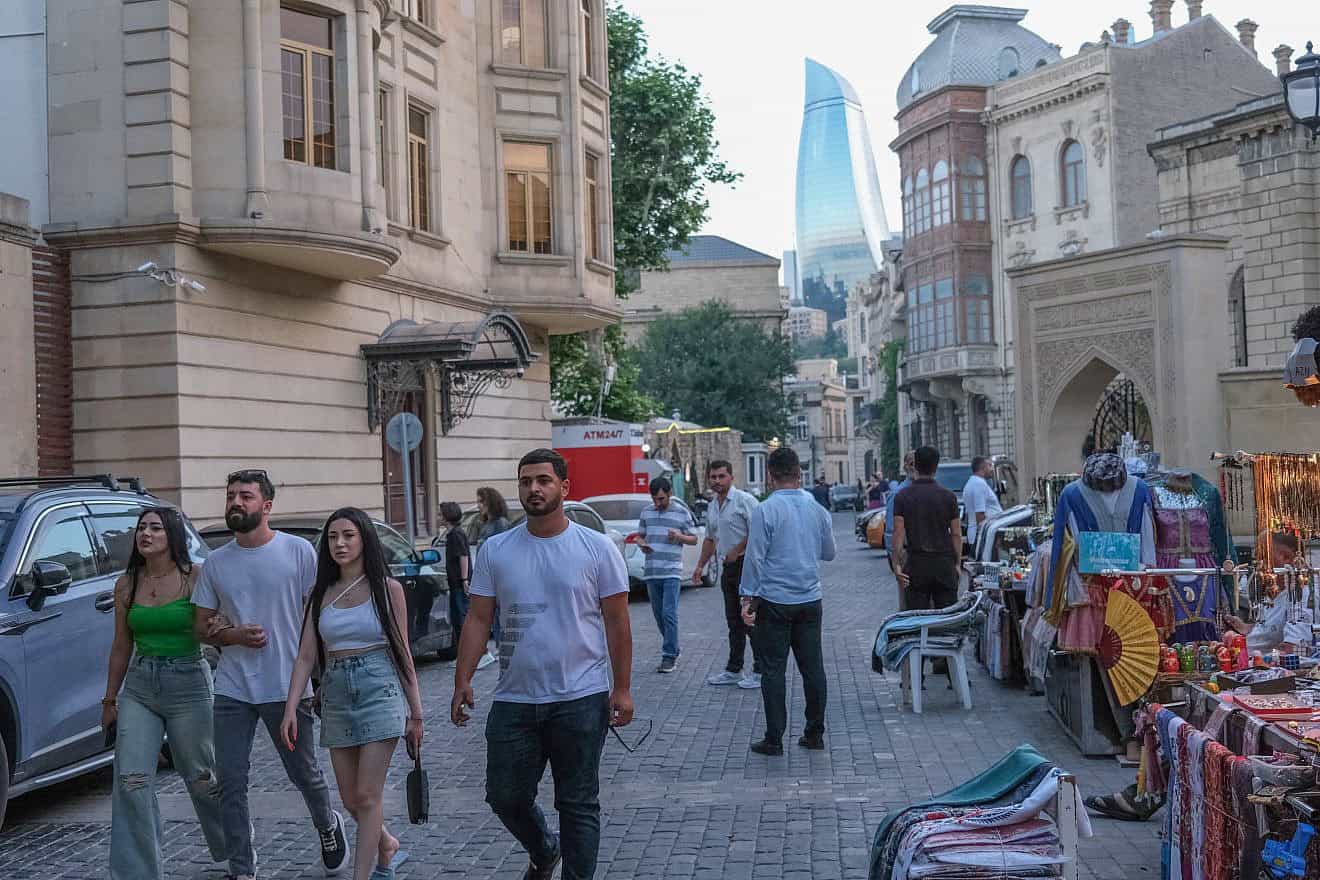The allure of fast fashion is undeniable. Trendy clothing at rock-bottom prices has democratized fashion, allowing millions to keep up with the latest styles without breaking the bank. Yet beneath the surface lies a deeply troubling reality: fast fashion comes at a significant environmental and ethical cost. For the modern consumer, building a sustainable wardrobe isn’t just a trend; it’s an imperative step toward addressing the social and ecological impacts of the fashion industry.
In this article, we’ll explore the consequences of fast fashion, examine why sustainability in clothing matters, and provide actionable strategies to help you create a wardrobe that aligns with your values—without sacrificing style.
The Environmental Toll of Fast Fashion
1. Overproduction and Waste
The fast fashion industry operates on a cycle of overproduction, churning out billions of garments annually. Shockingly, many of these items are discarded within a year. The United Nations Environment Programme (UNEP) estimates that the fashion industry produces approximately 92 million tons of textile waste each year.
Landfills worldwide are overflowing with clothing that is often made from synthetic fibers like polyester, which can take hundreds of years to decompose. Even biodegradable fabrics contribute to methane emissions when they break down in landfills, further exacerbating climate change.
2. Resource Depletion
Producing clothing at the scale demanded by fast fashion requires immense amounts of natural resources. Consider cotton: it takes approximately 2,700 liters of water to produce enough cotton for a single T-shirt. Meanwhile, synthetic fabrics like polyester are derived from fossil fuels, adding to the global reliance on nonrenewable resources.
3. Carbon Emissions
The fashion industry is a significant contributor to global carbon emissions, accounting for roughly 10% of all emissions. The production, transportation, and disposal of garments rely on energy-intensive processes, from oil extraction for synthetic fibers to coal-powered factories in developing countries.
The Ethical Cost of Fast Fashion
1. Labor Exploitation
Fast fashion thrives on low production costs, often achieved through exploitative labor practices. Many garments are made in developing countries where workers, predominantly women, endure unsafe conditions, long hours, and meager wages.
Incidents like the 2013 Rana Plaza factory collapse in Bangladesh, which killed over 1,100 garment workers, highlight the dire consequences of prioritizing profits over human rights. Despite global outcry, labor exploitation remains rampant in the industry.
2. Poor Transparency
Many fast fashion brands lack transparency regarding their supply chains, making it difficult for consumers to know whether their purchases support ethical practices. Without clear labeling or third-party certification, unethical practices can remain hidden.
Why Build a Sustainable Wardrobe?
Choosing sustainability in fashion isn’t just an ethical decision; it’s a powerful way to reduce your environmental footprint. Here’s why transitioning to a sustainable wardrobe matters:
- Environmental Impact: By reducing waste and supporting eco-friendly production methods, you help mitigate the industry’s ecological toll.
- Fair Treatment of Workers: Supporting ethical brands ensures fair wages and safe working conditions for garment workers.
- Personal Style Longevity: A sustainable wardrobe often prioritizes quality over quantity, resulting in timeless pieces that outlast fleeting trends.
Actionable Tips for Creating a Sustainable Wardrobe
1. Embrace Thrift Shopping
Thrift shopping is a cornerstone of sustainable fashion. By purchasing secondhand clothing, you extend the lifespan of garments and reduce demand for new production.
Benefits of Thrifting:
- Reduces textile waste
- Often more affordable than buying new
- Offers unique, vintage pieces that add character to your wardrobe
To get started, explore local thrift stores, online platforms like Poshmark and ThredUp, or even community clothing swaps.
2. Upcycle and Repair
Instead of discarding worn-out clothing, consider upcycling or repairing it. Upcycling involves transforming old garments into new, creative pieces. For example, an oversized shirt can become a trendy crop top, or torn jeans can be reimagined as denim shorts.
Invest in basic sewing skills or visit a tailor for more complex repairs. Simple fixes like replacing buttons, patching holes, or hemming pants can dramatically extend the life of your clothing.
3. Support Ethical and Sustainable Brands
Many brands are shifting toward sustainability, offering clothing made from organic, recycled, or low-impact materials. When shopping for new items, prioritize brands that:
- Use eco-friendly materials (e.g., organic cotton, Tencel, hemp)
- Commit to ethical labor practices
- Offer transparency about their supply chains
Examples of sustainable brands include Patagonia, Eileen Fisher, and Everlane. Additionally, certifications like Fair Trade, GOTS (Global Organic Textile Standard), and Bluesign can help identify eco-conscious companies.
4. Build a Capsule Wardrobe
A capsule wardrobe focuses on quality over quantity, comprising versatile, timeless pieces that can be mixed and matched. This approach minimizes impulse purchases and reduces the need for excessive clothing.
Steps to Create a Capsule Wardrobe:
- Assess your current wardrobe and identify staples you already own.
- Choose a neutral color palette with a few accent colors.
- Prioritize high-quality, durable pieces that fit your lifestyle.
A typical capsule wardrobe might include essentials like a classic blazer, well-fitted jeans, a white button-down shirt, and comfortable shoes.
5. Rethink Trends and Impulse Buys
Fast fashion thrives on the allure of trends, encouraging consumers to buy new items frequently. To resist this cycle:
- Adopt a “wait-before-buying” rule: If you’re tempted by a trendy piece, wait 30 days before making the purchase.
- Invest in timeless styles: Prioritize clothing that won’t feel outdated after one season.
- Focus on quality over quantity: A well-made garment may cost more upfront but will save you money in the long run.
6. Practice Responsible Disposal
When decluttering your wardrobe, dispose of unwanted clothing responsibly:
- Donate: Give gently used items to local charities or shelters.
- Recycle: Some brands, like H&M and Levi’s, offer recycling programs for old clothing.
- Repurpose: Use worn-out fabrics as cleaning rags or craft materials.
The Role of Technology in Sustainable Fashion
Advancements in technology are making sustainable fashion more accessible and innovative:
- AI-Powered Apps: Tools like Good On You rate brands based on their ethical and environmental practices, helping consumers make informed choices.
- Sustainable Fabrics: Companies are developing materials like Piñatex (made from pineapple leaves) and Mylo (a leather alternative from mushrooms).
- Blockchain: Some brands use blockchain technology to provide transparent supply chain data, ensuring accountability.
Overcoming Barriers to Sustainability
1. Cost Concerns
Sustainable clothing often comes with a higher price tag, which can deter budget-conscious consumers. However, consider it an investment in quality. Buying fewer, better-made items reduces long-term expenses.
2. Limited Availability
Sustainable fashion may not be as readily available as fast fashion. Online platforms, sustainable marketplaces, and local artisan shops can help bridge this gap.
3. Changing Habits
Transitioning to a sustainable wardrobe requires a mindset shift. It takes time to break the cycle of instant gratification associated with fast fashion, but the rewards are worth it.
Conclusion
Fast fashion’s environmental and ethical costs are undeniable, but consumers hold the power to drive change. By embracing thrift shopping, supporting ethical brands, and adopting mindful practices like upcycling and building a capsule wardrobe, you can create a sustainable wardrobe that reflects your values and style.
Sustainable fashion is not just a trend; it’s a movement toward a more equitable and environmentally conscious future. Every choice you make as a consumer sends a message to the industry: quality, ethics, and sustainability matter. Together, we can redefine fashion, one thoughtful purchase at a time.





